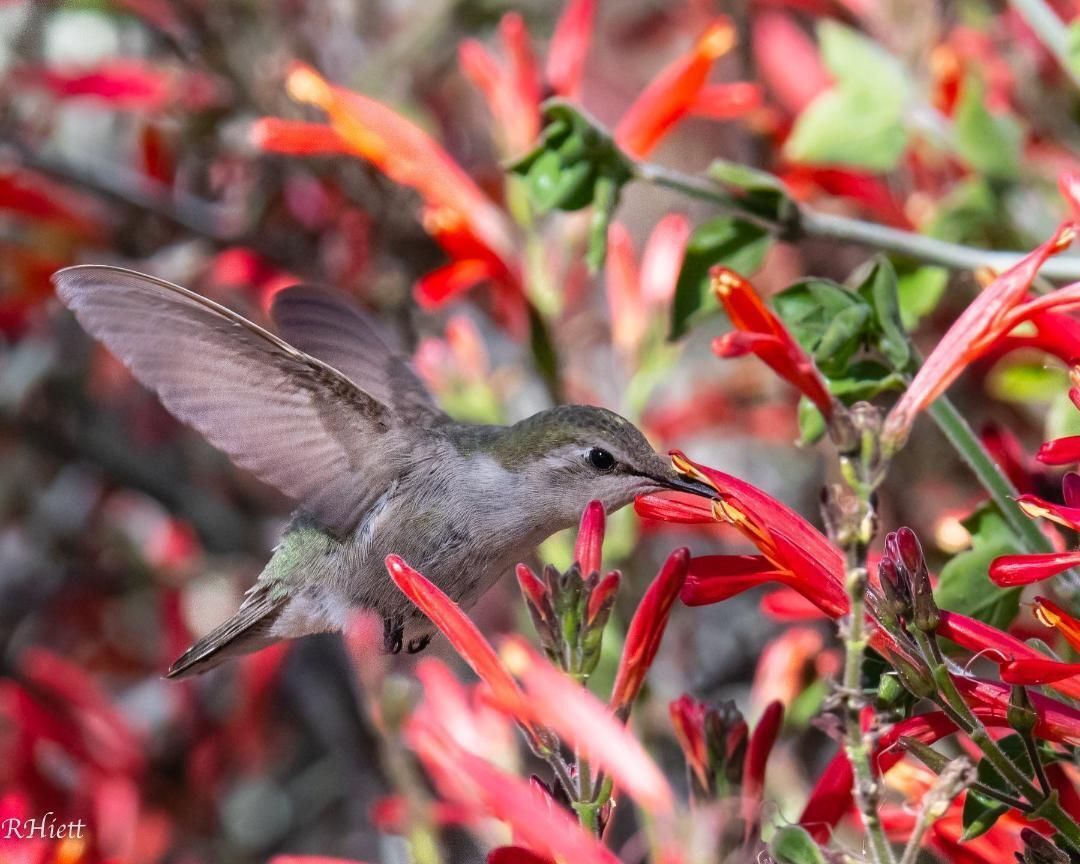By Roger Carroll, ASO Habitat Committee Chair
Native plants provide munchable habitat for native insect caterpillars. Native insects depend on native plants for food and cannot grow without them. Without the insects we will have no birds. Most birds – including some hawks – feed insects to their young nestlings.
Consider, in place of chemical treatment for your property, something called “Integrated Pest Management” (IPM), which emphasizes prevention and distinguishing benign species from harmful ones. IPM only uses chemicals conservatively. Hold off on putting herbicide, fungicide, and pesticide down indiscriminately. Pesticide will affect the insects, worms, and beetles birds eat. It will become concentrated in birds and harm their health.
Insects require native plants — think of the Monarch and milkweed relationship. The young caterpillar instars of insects have become adapted to specific plants. (“Instars” are the stages insect larva go through as they grow into maturity.) The milkweed sap is toxic to most insects, but Monarch caterpillar instars have evolved over time to require that specific plant.
Do set some area aside in your space for native plants. If you look for plants that butterflies depend on in their migration you may be surprised, as I have been, at what choses to fly through your airspace.
Buy a pack of native plant seed of your choice now. In the fall, place on a cleared soil. Cover lightly with hay or mulch. Check to see what sprouts up in the spring.
Bird habitat can exist in urban areas. People often first think of bird feeders. Birds will eat at feeders, but do not require them. Instead, think trees, think shrubbery, think fruit. Do provide shelter, brush, and trees next to feeders. Birds need water–clean, fresh, moving water every day.
Still, birds will come to feeders for a snack. Buy your sunflower seeds and other seeds from Audubon Society of Omaha bird seed fundraisers in fall and winter.

